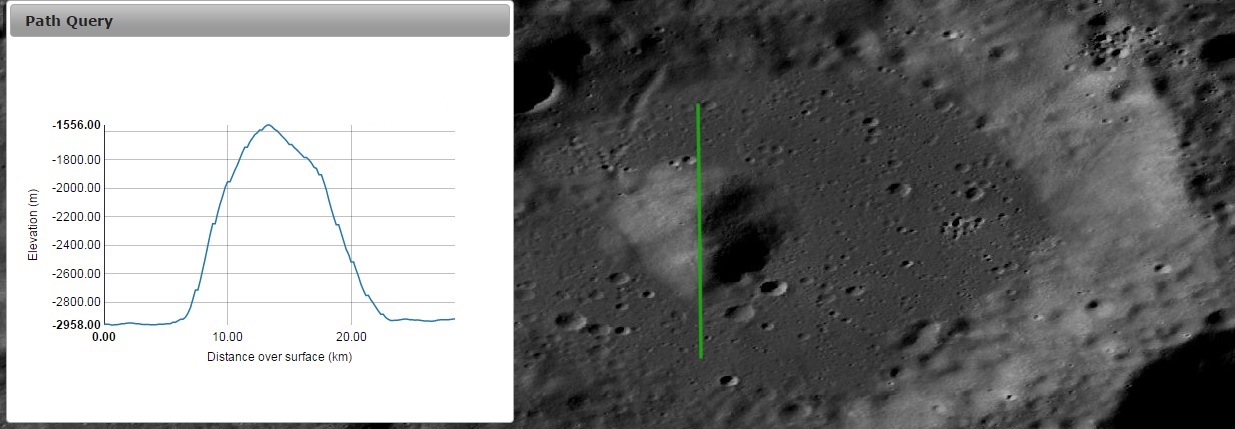
The depression is interpreted as the impact ‘crater’ formed by SMART-1 as it struck the surface. The expectation was that a fan-shaped ejecta deposit resembling those observed for Chang'e 1 (Stooke, submitted) and LADEE (Neal-Jones, 2014) would be visible, possibly associated with an elongated crater ( Interpretation and summary The search extended for 10 km north and south of the expected position and 1 km to either side.

Features of interest were then examined in individual images. The search began at the expected coordinates and moved north and south along the ground track, using the LROC NAC mosaics in Quickmap. Its descent path (ESA, 2006) carried it from north to south (azimuth 182°) over Lacus Excellentiae, south of Mare Humorum. After a successful lunar mapping mission in a near-polar orbit, the 287 kg (unfueled mass) SMART-1 struck the Moon on 3 September 2006. The Public has access to all products already delivered to the NASA/PDS by the active missions.The first European Space Agency (ESA) lunar orbiter, SMART-1 (Small Missions for Advanced Research in Technology-1), was launched on 27 September 2003 and entered lunar orbit on 15 November 2004 (Foing et al., 2017). The Science Team members can have immediate access to all data for early analysis and cross validation. Mission Proven - QuickMap directly supports the NASA LRO/LROC, MRO/CRISM, MESSENGER missions. End-user can create interactive 3D flyby or simulate its own traverse (with terrain shows over time).best TerraiHeight info is assembled from regional and global topo models Synthetic Lunar Image Modeling capabilities, based on QuickMap TerrainShadows 2D & 3D.Advanced search/display of LROC/NAC images, e.g.Supports both stacked map and grid views of layers (with active synchronization).Loading of user-supplied data: GeoTiff/GeoJson/ ….Extraction of cartographic sub-cube with all geophysical parameters of interest.Support layer-based algebraic expression.Extraction of numeric data along a point, path, or polygon.Interactive visualization of numeric data layers (most layers in QuickMap are geophysical parameters).Rapid data ingestion allowing to incorporate new data.QuickMap has similarities to other data viewers, but it differs by exposing functionality such as:

Ability to validate products and fuse data across missions and across serversįor commercial applications it can be used by aerial remote sensing service providers that fly sensors in either planes or drones supporting specific customer needs.master target collection status and master target mosaics Location overlays: nomenclature, recent feature images, sites of interest.Instrument coverage views (where observations have taken place).Digital Elevation Models & Satellite position (SPICE kernels) & automatic tracking of present position.Global and regional mosaics as the result of specific data collection campaigns.

It leverages on ACT's PIPE architecture, for capabilities of data ingestion, publishing and analysis (which has been proven over many NASA/NOAA/DoD Missions).įor NASA satellite missions, and when used in conjunction with PIPE/MSHELL, it provides mission progress monitoring in the form of:
QUICKMAP NASA ARCHIVE
Designed with the end-user in mind, QuickMap offers seamless access to numeric data layers, without the tedium of handling file format details and data ingestion and archive structures. ACT-REACT-QuickMap™ provides an easy-to-use yet powerful web interface for map related products.


 0 kommentar(er)
0 kommentar(er)
